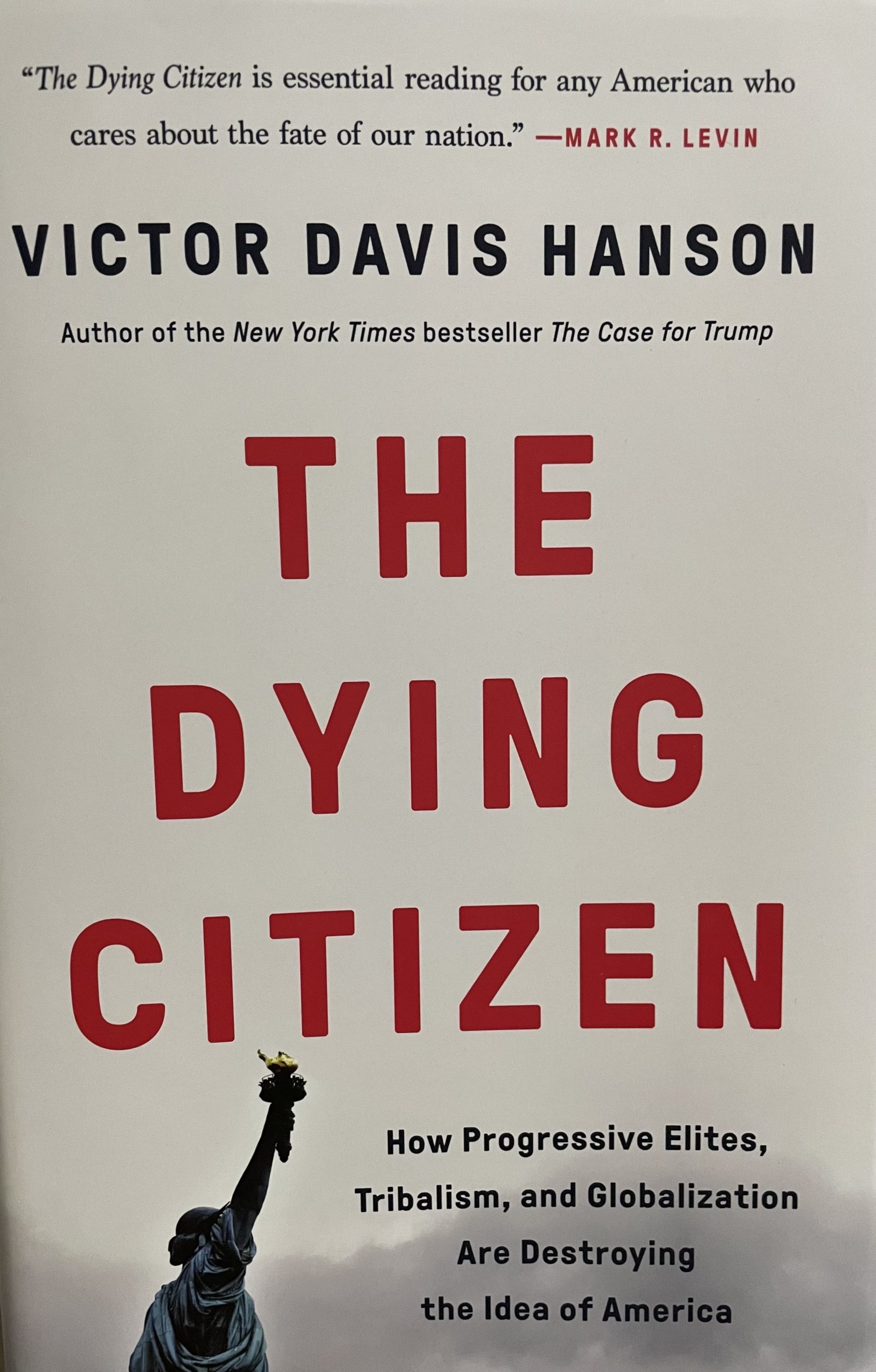The American Association of University Professors (AAUP) complains that administrators, rather than faculty, drive up the cost of college. In this case, the AAUP may have a point.
First, though the fees they pay are quite exorbitant, the AAUP notes that few students pay the actual sticker price of a college education. “According to the College Board’s Trends in College Pricing 2011, for the most recent five-year period between 2006–07 and 2011–12 average published tuition and fees at four-year colleges increased by 5.1 percent more than inflation,” Sarana Thornton and John W. Curtis point out in the March-April 2012 issue of Academe, the AAUP’s journal. “But net tuition and fees increased by just 1.4 percent above the inflation rate during the same period, and some two-thirds of all students receive at least some form of financial aid.”
“Tuition prices are rising and are a source of anxiety for many middle-class families, although the net effect may not be as great as many people think.” Thornton is an economist at Hampden-Sydney College while Curtis directs research and public policy at the AAUP.
“One factor partly responsible for rising tuition prices is the increased employment of non-instructional staff,” Thornton and Curtis write. “Some of this hiring is attributable to increased federal and accreditor-mandated reporting requirements.”
“Another factor is the increased use of computer and other equipment, which necessitates
larger information technology departments.” It is an irony in higher education, as in Kindergarten through high school, that when, you go down the list of administrative positions added that crowd out the pedagogical slots, you find that the administrators who were hired were mostly brought on board to cut costs—lawyers and accountants, for example—but have had the opposite effect.
“Enrollments have increased, as well.,” Thornton and Curtis note. “However, data from the US Department of Education show steady declines in student-to-staff ratios between 1976 and 2009.”
“There are more students and more non-faculty staff members, but the latter category has grown more rapidly.” Indeed, if the trends laid out by Thornton and Curtis hold, students may soon have as many administrators at their disposal as they have parents.
“While the student-to-faculty ratio in public institutions remained constant between 1976 and 2009 at about seventeen to one, the student-to-staff ratio declined from nine to one to six to one,” Thornton and Curtis show. “Private Non-profit colleges and universities lowered their ratios from seven students per staff member to four during this same time period.”
“The student-to-faculty ratio at these private institutions also declined, from fourteen to one to eleven to one, but the increased use of non-tenure-track faculty members has offset the costs that lower ratios might otherwise have produced.”
Believe it or not, Thornton and Curtis found an academic hero. Naturally, he came from outside of academe. “A classic leadership principle is to lead by example,” Thornton and Curtis state. “An extraordinary demonstration of this principle is to be found in General Charles Krulak, retired commandant of the US Marine Corps and former member of the Joint Chiefs of Staff, who was selected to serve as the thirteenth president of Birmingham-Southern College in March 2011.”
“In June 2010, Birmingham-Southern had announced it would be making budget cuts of approximately 20 percent because of mismanagement in awards of financial aid under the prior president, combined with revenue reductions resulting from the Great Recession. What was the general’s first action following the public announcement of his appointment? He stated that he would forego his first year’s salary in order to demonstrate his commitment to the college and the need to restore its fiscal health.”
“How do other college and university presidents compare on this gauge of leadership, as the worst recession since the Great Depression has diminished institutional revenues?” As Ben Stein said in the cinematic classic, Ferris Bueller’s Day Off: “Anyone, anyone?”
Malcolm A. Kline is the Executive Director of Accuracy in Academia.
If you would like to comment on this article, e-mail mal.kline@academia.org.










